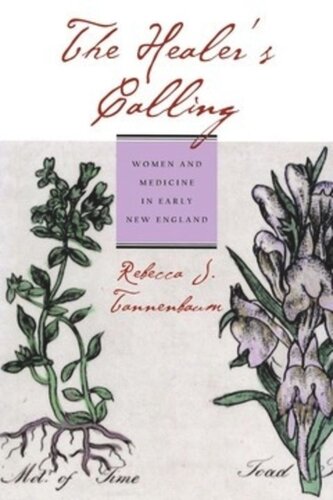

Most ebook files are in PDF format, so you can easily read them using various software such as Foxit Reader or directly on the Google Chrome browser.
Some ebook files are released by publishers in other formats such as .awz, .mobi, .epub, .fb2, etc. You may need to install specific software to read these formats on mobile/PC, such as Calibre.
Please read the tutorial at this link: https://ebookbell.com/faq
We offer FREE conversion to the popular formats you request; however, this may take some time. Therefore, right after payment, please email us, and we will try to provide the service as quickly as possible.
For some exceptional file formats or broken links (if any), please refrain from opening any disputes. Instead, email us first, and we will try to assist within a maximum of 6 hours.
EbookBell Team

5.0
18 reviewsThis book, the first to describe women medical practitioners other than midwives in the colonial period, emphasizes that medical care was part of every woman's work. The Healer's Calling uses memorable anecdotes, engaging characters, and medical oddities to tell the fascinating story of the practice of household medicine in early America. Rebecca J. Tannenbaum points out that housewives provided much of the medical care available in the seventeenth century. Elite women cared for the indigent in their towns and used medical practice to make influential connections with powerful men; "doctresses" or "doctor women" supported themselves with their practices and competed directly with male physicians; and midwives were crucial "expert witnesses" in cases of fornication, murder, and witchcraft. Yet there were limits to the authority of women's healing communities, with consequences for those who overstepped the bounds. By setting women's practice in the context of contemporary medicine, gender roles, and community norms, Tannenbaum also reveals the relationship between women's medical practice and witchcraft accusations. Tannenbaum examines colonial America's full range of medical options—including the work of classically trained male doctors and male lay practitioners—with a keen eye to the interactions and tensions between men and women in the realm of healing.